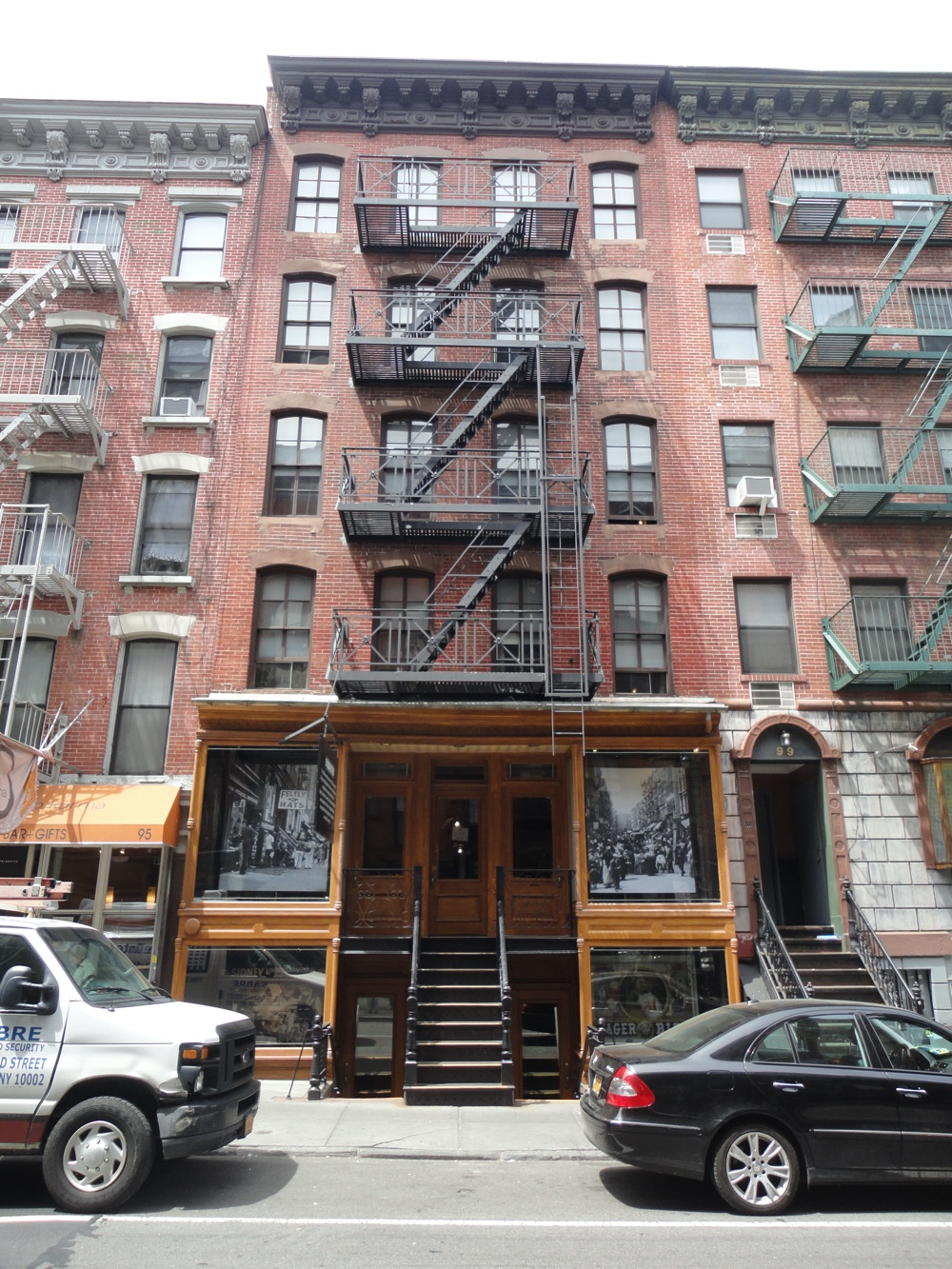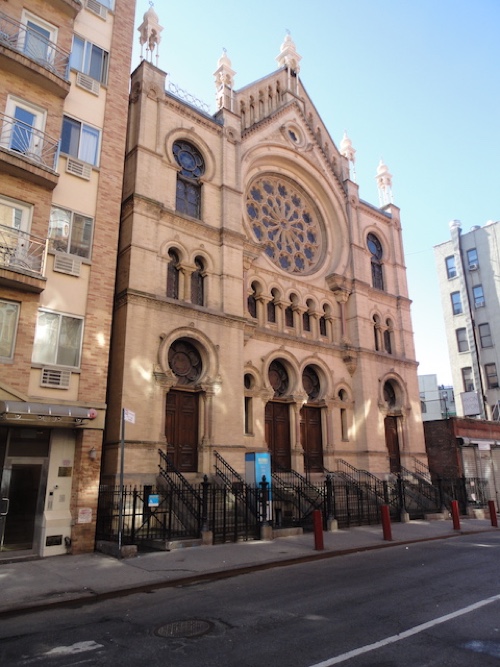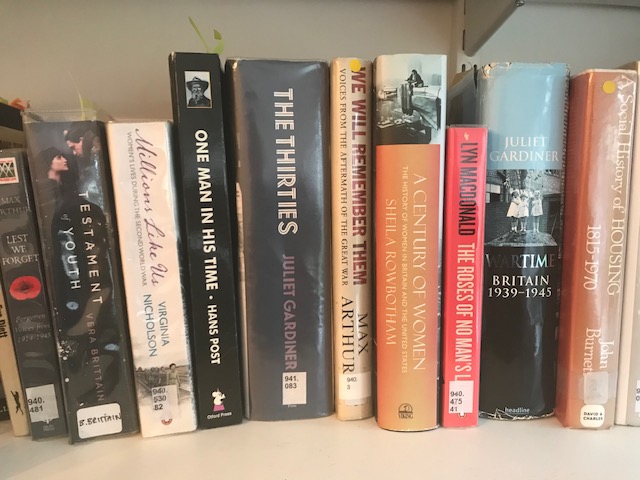 Today’s guest is Liz Harris a friend from my earliest writing days. Liz was born in London. After graduating with a law degree, she moved to California for six years where she led a varied life from waitressing on Sunset Strip to working as secretary to the CEO of a large Japanese trading company to helping with studio tours at MGM. Real life eventually intervened and she returned to the UK, completed a London University degree in English and then taught for a number of years in Berkshire and later in Cheshire.
Today’s guest is Liz Harris a friend from my earliest writing days. Liz was born in London. After graduating with a law degree, she moved to California for six years where she led a varied life from waitressing on Sunset Strip to working as secretary to the CEO of a large Japanese trading company to helping with studio tours at MGM. Real life eventually intervened and she returned to the UK, completed a London University degree in English and then taught for a number of years in Berkshire and later in Cheshire.
Liz’s first six novels were published by Choc Lit including The Road Back (US Coffee Time and Romance Book of the Year), A Bargain Struck (RoNA shortlisted for the Best Historical Novel). They and Evie Undercover, The Art of Deception, A Western Heart and The Lost Girl were shortlisted by the Festival of Romantic Fiction. Liz’s latest novel, The Dark Horizon, is Book 1 in the Linford Series. Book 2, The Flame Within will be published in October 2020.
A (fellow) member of the Romantic Novelists’ Association and Historical Novel Society, Liz gives talks and workshops at conferences and literary festivals, and regularly speaks to WI and book groups.
Over to Liz to discuss one of my favourite writing topics!
I heard your groan at the word research! And I, too, have been known to groan when faced with a day of fact-digesting. When I hear ‘research’, I see myself bending over a pile of dusty books. And to be honest, it’s not a vision I like. I’m more at ease with a vision of myself wherein I’m holding forth among friends, a large glass of wine in my hand.
But needs must. If you write an historical series set in the 1920s and early 1930s, with an important part of the first novel set in New York, as with The Dark Horizon, you must research that period and location.
The place to begin is with books. This is only a fraction of the books in which I’ve lost myself as I build a picture of what my characters wear, eat, drink; how they fill their day, be it with a paid job, or otherwise; how they get about; the aromas in the air/streets; what the climate is like; what flora and fauna surround them. And so on.
For certain facts, you need books or the internet. For example, for a saga set between the wars you’ll possibly need to know the prevailing situation regarding divorce. Books/the internet will tell you that the Matrimonial Causes Act, 1857, introduced divorce through the High Court in London, the proceedings being in open court. Men could petition for a divorce on the basis of their wife’s adultery. If a woman was divorced due to adultery, she had no legal rights to her children.
However, women wanting to divorce their husband needed to prove, in addition to adultery, an aggravating factor, such as rape or incest. The aggravating factor wasn’t removed until an Act in 1923 finally put men and women on an equal footing.
But there’s some research that’s ideally done in person, if possible. So I made the great sacrifice of going to New York for hands-on research. I wanted to feel like an immigrant in the 1920s, so I headed for Lower East Side, known as the Garment District, the main destination for the immigrants, who streamed through the immigration station at Ellis Island between 1880 and 1924.
I walked the streets they walked, shopped in the shops they used, breathed the air they breathed (it had been recycled a few times since the 1920s, but so be it).
I learned that in the early 1900s, almost 500,000 of the Lower East Side’s residents were Jewish, the largest Jewish community in the world, and mostly they lived in five- and six-storey tenement buildings. Each building contained four apartments per floor, and often several families lived in each apartment, in conditions that were cramped and dark, with little natural sunlight.

Lower East Side tenement building in Orchard Street where the apartments have been meticulously restored to the original
Tenement apartments were frequently not only a home, but a place of work, as the tenants often employed others to work for them in their apartment, as well as working there themselves as piecework seamstresses or tailors.
The apartments became known as sweatshops. I used to think the term ‘sweatshop’ applied only to factories with dubious practices. But not so. The nature of the work and the working conditions—low wages, long hours, unhealthy environment—defines a sweatshop, not the building, nor the number of people working there.
How the work was arranged was that Macy’s, for example, would order 100 dresses from a factory. They’d pay the factory $75. For speed, the factory subcontracted different parts of the garments to sweatshops, paying by the piece. Wages were permanently depressed as there’d always be someone who’d take on the work, no matter how low the pay.
Making mass-produced cigars was also common in the tenements. The cigar mould, invented in 1860, meant tobacco could be pressed into several grooves, thus making multiple cheap cigars.
In 1901, sweatshops were outlawed and tenement dwellers forbidden to employ anyone from outside the home. But being virtually impossible to regulate, and the manufacture of cheap goods so desirable, this was widely ignored.
In a move clearly intended to reduce the influx of Jewish and Italian immigrants, the Immigration Act, 1924, restricted the overall number of immigrants, establishing quotas based on nationality. The number of immigrants substantially fell, and when tenement dwellers moved to other towns in the US, as they invariably did—it was a transitory population—there were insufficient people to fill the apartments, and many lay empty.

Eldridge Street Synagogue. Built in 1887, this was one of the earliest synagogues in the US, its inner elegance reflecting the immigrants’ hopes for the New World.
But this is called The Research Diet., I can hear you wail. Where does dieting come into this, you ask.
Aha! Researching your novel, whether through books at home or in the library, whether on the internet or on location, is so utterly absorbing that you’ll completely forget to eat!!
Haha! Brilliant, Liz. These photos reminded me of my own research trip to New York for the early part of INCEPTIO. Lovely reminders, thank you.
Connect with Liz…
Website: www.lizharrisauthor.com
Twitter: https://twitter.com/lizharrisauthor @lizharrisauthor
Facebook: https://www.facebook.com/lizharrisauthor
Instagram: https://www.instagram.com/liz.harris.52206/ liz.harris.52206
What’s The Dark Horizon about?
 From the award-winning author of The Road Back comes the first in a sweeping saga set between the wars, which introduces the Linfords, a family simmering with secrets, schemes and lies.
From the award-winning author of The Road Back comes the first in a sweeping saga set between the wars, which introduces the Linfords, a family simmering with secrets, schemes and lies.
Oxfordshire, 1919
The instant that Lily Brown and Robert Linford set eyes on each other, they fall in love. The instant that Robert’s father, Joseph, chairman of the family’s successful building company, sets eyes on Lily, he feels a deep distrust of her.
Convinced that his new daughter-in-law is a gold-digger, and that Robert’s feelings are a youthful infatuation he’d come to regret, Joseph resolves to do whatever it takes to rid his family of Lily. And he doesn’t care what that is.
As the young couple are torn apart, the Linford family is told a lie that will have devastating consequences for years to come.
Amazon (universal) buying link: https://getbook.at/TheDarkHorizon
Alison Morton is the author of Roma Nova thrillers – INCEPTIO, PERFIDITAS, SUCCESSIO, AURELIA, INSURRECTIO and RETALIO. CARINA, a novella, and ROMA NOVA EXTRA, a collection of short stories, are now available. Audiobooks are available for four of the series. NEXUS, an Aurelia Mitela novella, is now out.
Find out more about Roma Nova, its origins, stories and heroines… Download ‘Welcome to Roma Nova’, a FREE eBook, as a thank you gift when you sign up to Alison’s monthly email newsletter. You’ll also be first to know about Roma Nova news and book progress before everybody else, and take part in giveaways.

















Leave a Reply